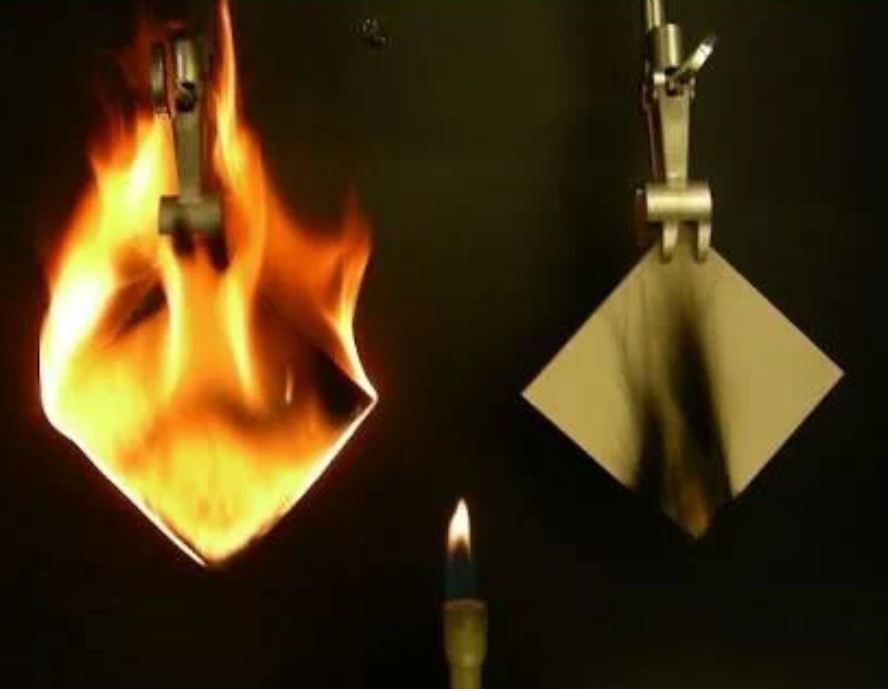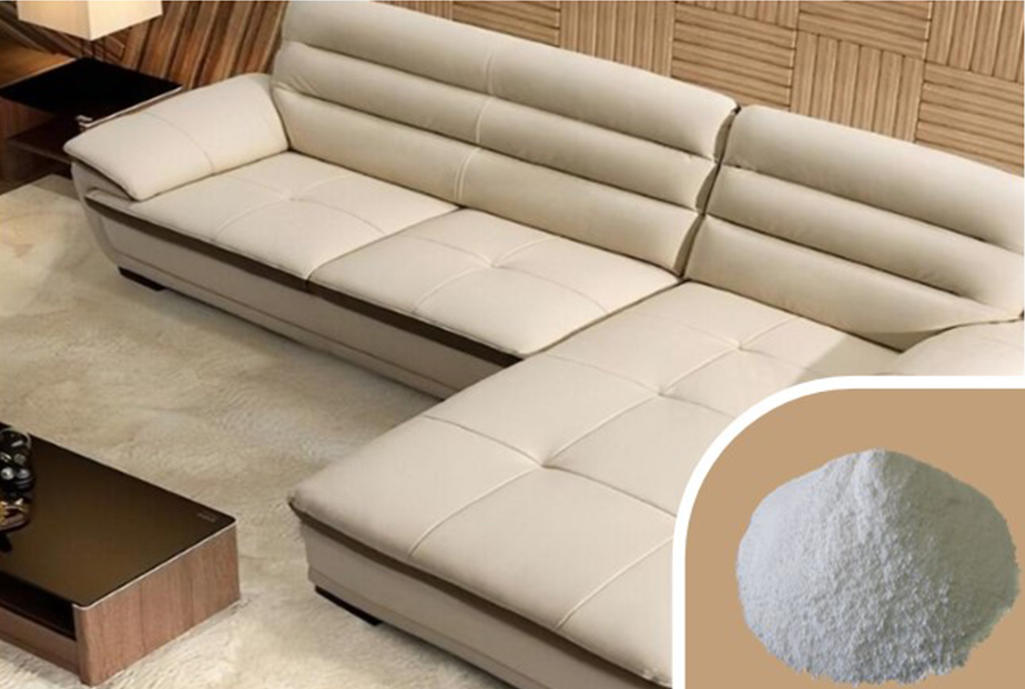How do composite flame retardants maintain mechanical properties such as tensile strength and flexibility after use?
2024-09-23
Composite flame retardants are designed not only to provide fire resistance but also to maintain key mechanical properties, such as tensile strength and flexibility, after incorporation into materials. Achieving this balance is crucial for ensuring the durability and functionality of the end product. Here’s how composite flame retardants maintain mechanical properties:
Selection of Appropriate Additives: The additives used in composite flame retardants are carefully selected to minimize any negative impact on mechanical properties. For example, using mineral fillers (e.g., aluminum hydroxide or magnesium hydroxide) in controlled quantities helps improve flame retardancy without overly compromising the material’s flexibility or strength.
Synergistic Combinations: Composite flame retardants often combine different flame retardant types (e.g., phosphorus-based, nitrogen-based, and mineral-based) to achieve desired fire resistance while maintaining the material’s mechanical integrity. Synergistic effects between these additives can reduce the overall concentration needed, thereby preserving tensile strength and flexibility.
Fine Particle Size: Smaller particles of flame retardant additives can be dispersed more evenly throughout the polymer matrix, leading to better compatibility with the base material and minimizing stress points that could weaken the material.Proper Dispersion: Ensuring that the flame retardant particles are well-dispersed during the manufacturing process is critical for maintaining uniform mechanical properties. Poor dispersion can result in clumping or agglomeration, which could create weak points in the material and reduce its tensile strength or flexibility.

Polymer-Specific Formulations: Composite flame retardants are often formulated for specific polymer systems (e.g., PA, PP, polyester) to ensure good compatibility. A well-matched flame retardant will blend more effectively with the polymer, reducing the likelihood of phase separation, which can weaken the material.
Surface Treatment of Additives: In some cases, the flame retardant particles are surface-treated or coated to enhance their compatibility with the polymer matrix. This improves the bonding between the polymer and the flame retardant, reducing the negative impact on mechanical properties like tensile strength and elongation.
High-Temperature Resistance: The flame retardant components should have high thermal stability to withstand processing temperatures without decomposing. When flame retardants decompose during processing, they can negatively affect the mechanical properties of the final product.
Thermal Matching with Polymer: The flame retardant system should be thermally compatible with the base polymer. If the flame retardant decomposes or interacts with the polymer at elevated temperatures, it can lead to a degradation of mechanical properties.Non-Degrading Mechanism: Certain flame retardants work by forming a protective char layer on the material’s surface during combustion,preventing the polymer from burning without chemically altering its structure. This helps in maintaining the original mechanical properties after exposure to fire or high heat.
Reduced Additive Migration: In well-designed composite flame retardants, the additives do not migrate to the surface of the material over time. Migration can weaken the polymer by creating voids or disrupting the internal structure, thus compromising tensile strength and flexibility.
By focusing on factors like additive compatibility, optimized dispersion, synergistic effects, and maintaining the integrity of the polymer matrix, composite flame retardants can effectively preserve key mechanical properties such as tensile strength and flexibility, ensuring that the material remains durable and functional after use.



















